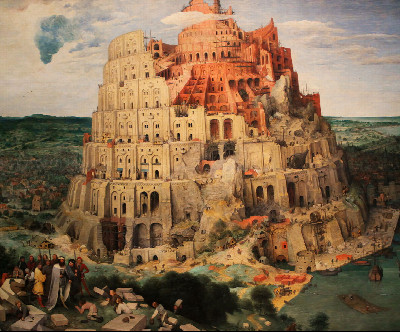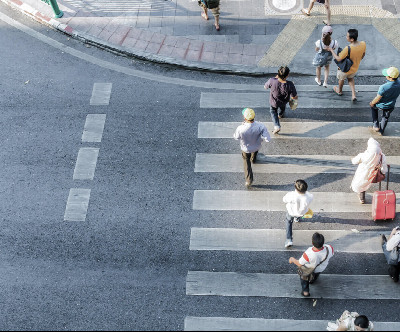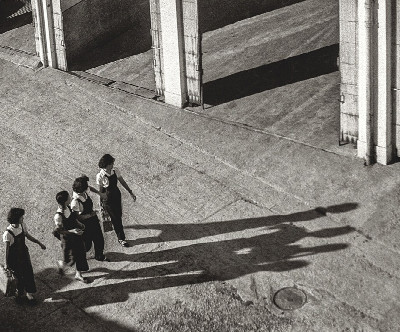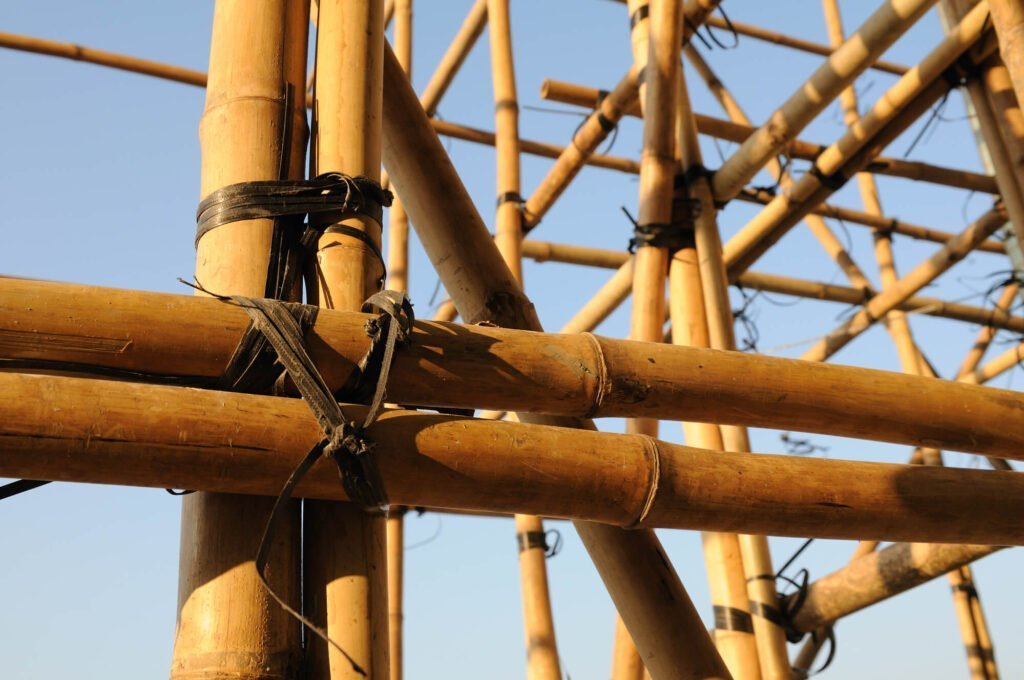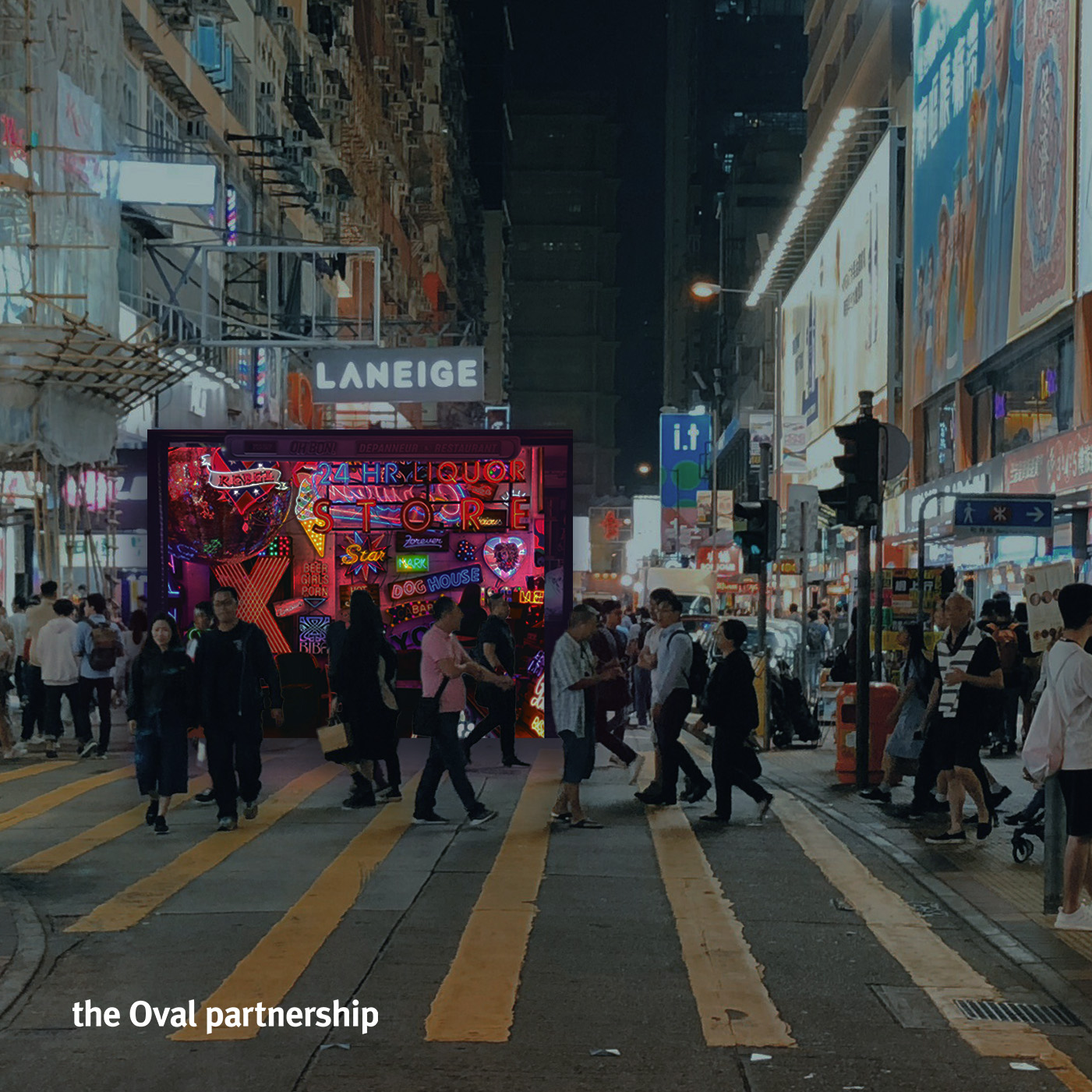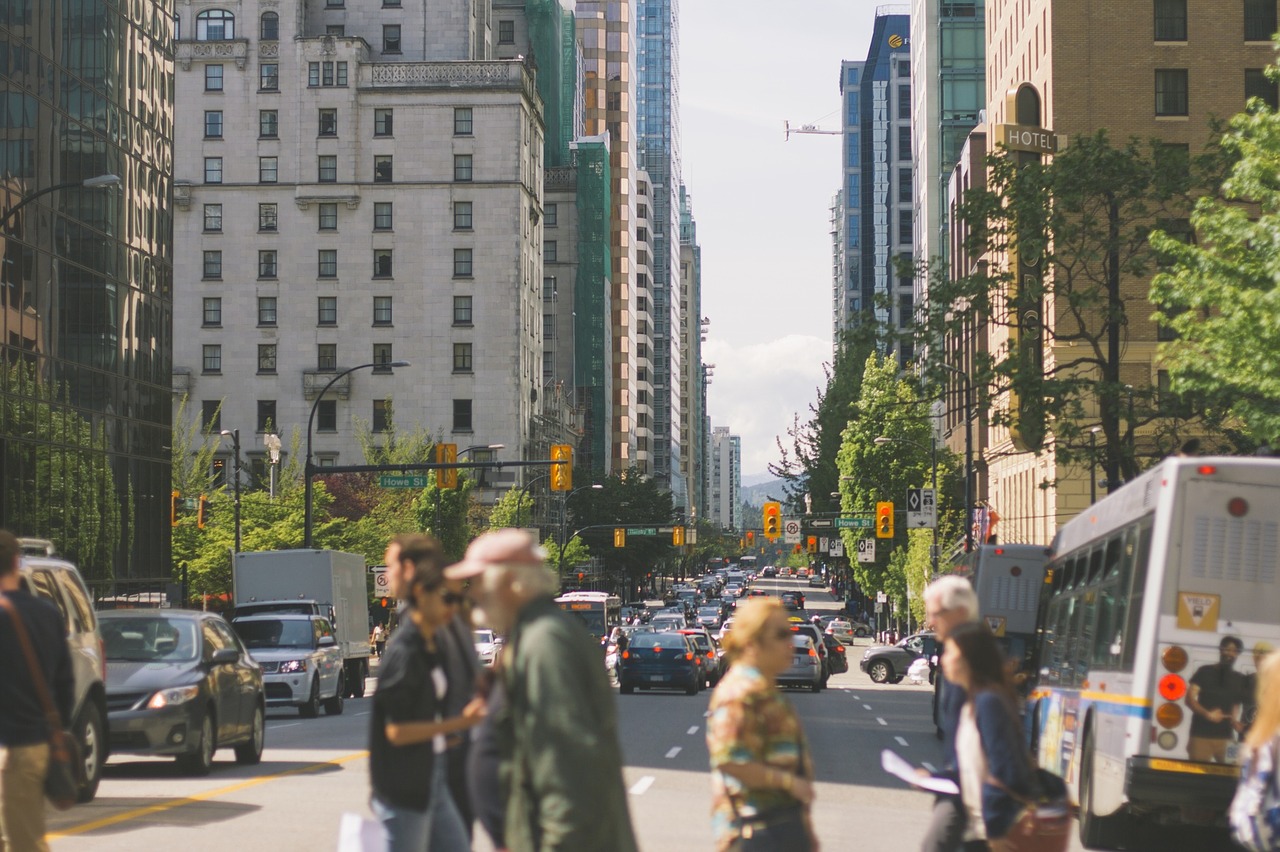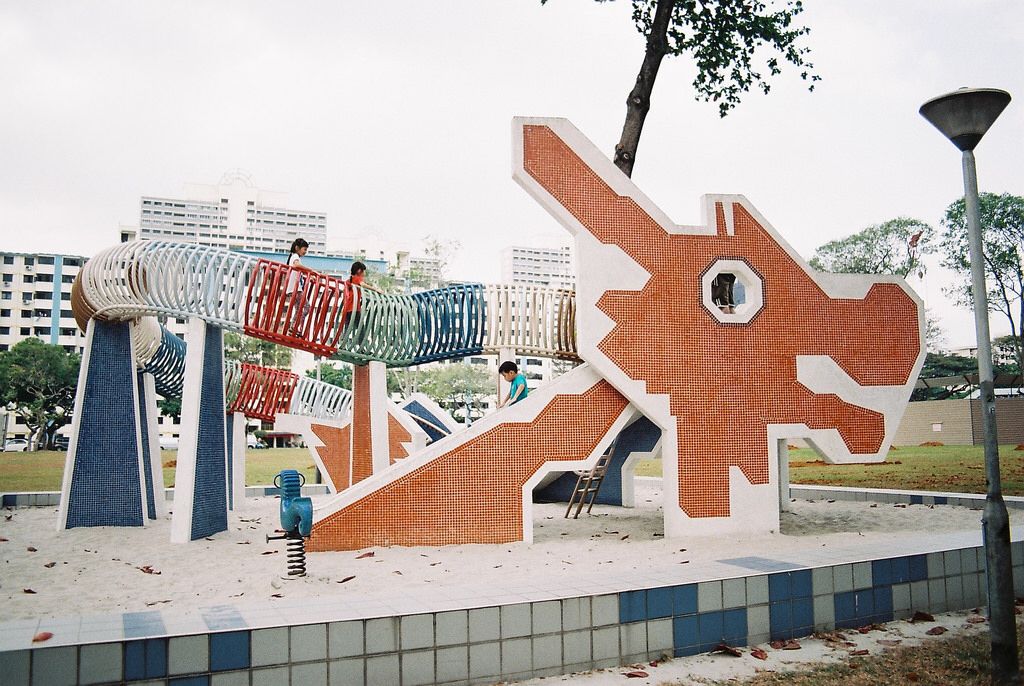When it comes to how a city is built, the importance of infrastructure cannot be overstated. Infrastructure amplifies a city space, an intricate web of networks in which people, materials and information can be circulated. In our daily lives, infrastructure may be rarely something we use directly, however it forms the foundations upon which other functionalities are able to operate as a system. Public space may be owned and administered by the authorities wielding public power, but infrastructure forms its premise and therefore studying these networks lays bare the inner workings of the city. Infrastructure such as roads, pipelines, bridges, railways and even airports can be analysed not only in terms of how they function, but also how their platforms mediate between the decisions made by engineers, technocrats and politicians, and ordinary citizens engaging with them. From this, we are able to learn how space, resources and power are distributed and how the mechanics of power become normalised in our everyday life.
Anthropologists have in recent years developed great interest in this field, which has lead to the term “ethnography of infrastructure” being adopted as an area of study. They explore how infrastructure channels the pursuit of technological progress and modernity; what happens when infrastructure maps are transposed onto maps of global political and economic inequalities; and how infrastructure relates to the dislocation of indigenous populations and uneven access to resources between city and countryside. All these factors are interwoven to build a bigger picture from which we can extrapolate how “developing” countries are compelled to drive progress themselves within a stricture that has been established by colonial powers. When people from these places imagine themselves as being “connected” to a larger world, the shapeless colonial powers also extend to them. As our everyday social order requires that infrastructure operate smoothly at all times, it often implies that we hand power over to administrators who claim to manage these spaces while reproducing the logic of power that comes with it.
Infrastructure is not just a passive series of pragmatic structures. As far as everyday objects are concerned, like a pair of scissors or a stick, we are not particularly concerned about their visual impact. But the aesthetics of infrastructure is of serious importance. Some infrastructural forms are designed to flaunt their magnificent scale to inspire awe and reverence, such as a physical connection between two regions; other infrastructure is hidden underground to force those everyday needs to be shamefully invisible. The combined impact of efficiency and aesthetics with respect to infrastructure, work hand in hand to ensure we forget that these are not neutral spaces which simply permit utilities etc. to flow through them. These networks assume tacit consent from those in power for particular operations. Infrastructure never exists in isolation; each is part of a larger system of components. The Invisible Committee, a radical political group in France, proposed that causing an obstruction to a point in the infrastructure is akin to attacking the whole system because it halts the seamless operation of the system’s order.



